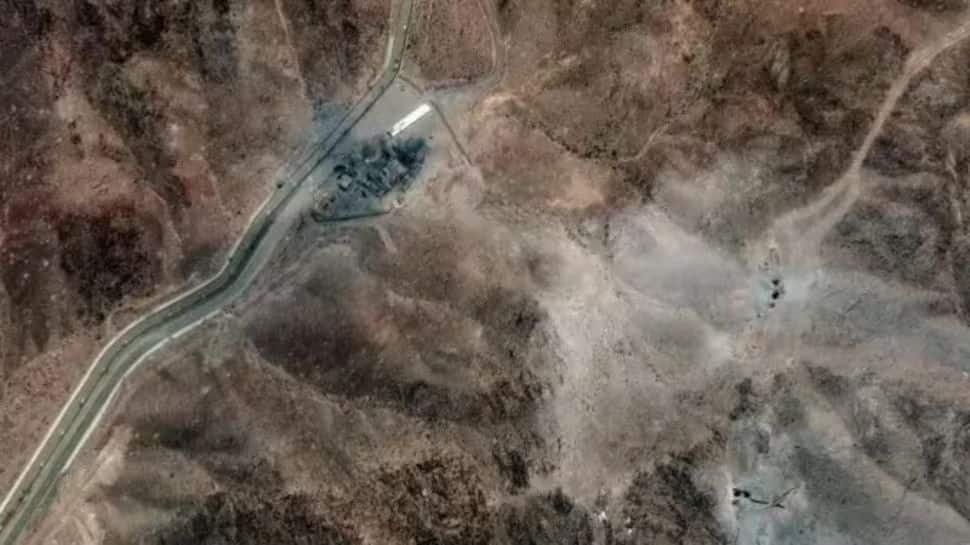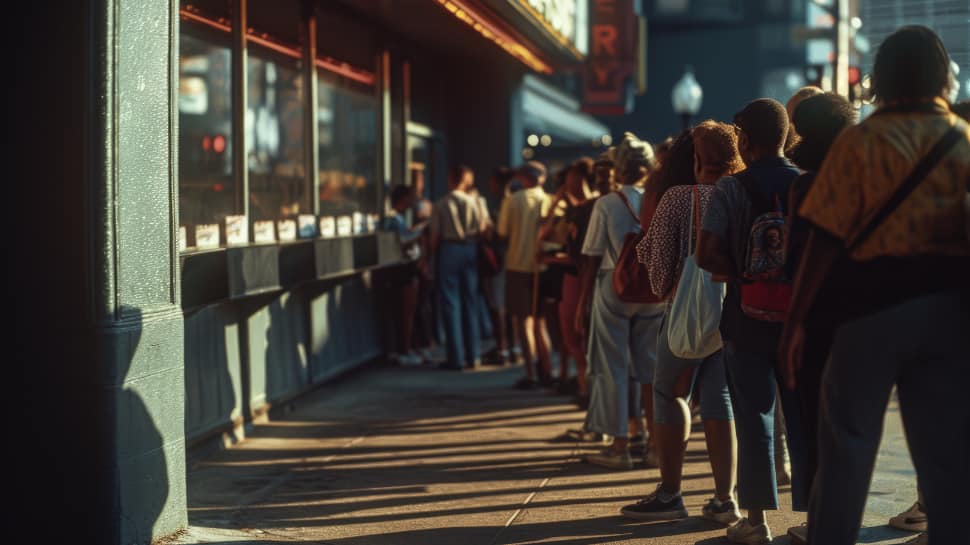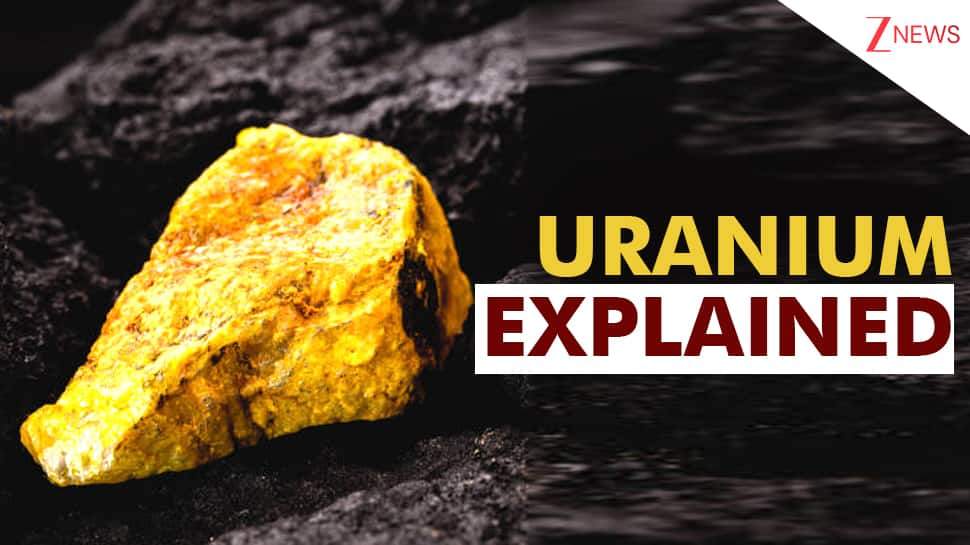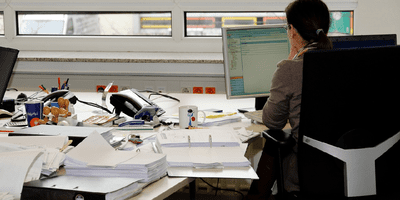Trust Under Fire: The World Watches Iran’s Next Move | World News

On June 25th, US President Donald Trump boldly declared that American and Israeli strikes may have wiped out Iran’s nuclear program. “We destroyed the nuclear,” he said, suggesting there’s nothing more to demand from Iran—except a promise never to build nuclear weapons again.
But not everyone is convinced. While Iran’s nuclear infrastructure has clearly suffered serious damage, experts warn that it’s too early to say the program is fully dismantled. Reports indicate that some facilities may still be intact. This uncertainty, if not addressed quickly, could grow into a far bigger problem.
Despite the damage, Iran still seems to control a stockpile of highly enriched uranium. If enriched further, this material could be used to build several nuclear bombs. U.S. Vice President J.D. Vance has acknowledged the risk and promised that Washington will act in the coming weeks—starting with talks that may soon resume with Tehran.
President Trump insists that no new nuclear deal is needed. But the reality is more complicated. Real peace and long-term stability require smart diplomacy. Only through open discussions and strong verification can the world be sure about what nuclear capabilities Iran may still have.
Iran’s earlier strategy was to stay close to nuclear weapon capability without crossing the line—hoping it would prevent attacks. That strategy now lies in ruins. The recent strikes didn’t just hit nuclear facilities; they also targeted military and political sites. This could push Iran to actually pursue nuclear weapons in secret.
If that happens, Iran may avoid using big, well-known sites like Natanz or Fordow. Instead, it might choose small, hidden locations—harder to detect, even with advanced spy tools. Iran already has the ingredients: enriched uranium, high-tech centrifuges, and trained experts. Rebuilding its program could take months, not years.
Even if Iran chooses not to restart its weapons program, the world must stay alert. Years of careful monitoring, funding, and cooperation will be needed to make sure nuclear ambitions don’t quietly return. Iran’s past record of hiding its activities adds to the challenge. Winning back global trust won’t be easy.
Making things harder is Iran’s worsening relationship with the International Atomic Energy Agency (IAEA)—the world body that oversees peaceful use of nuclear technology. In the past, the IAEA played a crucial role in enforcing the 2015 nuclear deal, known as the JCPOA (Joint Comprehensive Plan of Action). That deal gave inspectors access to key Iranian sites—some of which have now been destroyed.
Tensions with the IAEA didn’t begin with the recent war. In 2018, when the Trump administration pulled out of the JCPOA, Iran was still in compliance. But after that, Tehran began rolling back its own commitments. By 2021, it had stopped following the “Additional Protocol,” which allowed IAEA inspectors deeper access. Most special monitoring measures under the JCPOA were also shut down.
Despite limited access, the IAEA continued some inspections and found that Iran’s nuclear program was growing more advanced. But Iran’s refusal to cooperate pushed the IAEA’s Board of Governors to declare, on June 12, that Tehran had violated its global commitments. The next day, Israel launched its military campaign. U.S. officials cited the IAEA report to justify their strikes.
Even during the conflict, the IAEA urged Iran to remain in contact with its emergency team. IAEA chief Rafael Grossi reminded the U.N. Security Council: “Nuclear sites and materials must not be hidden or put at risk during war.”
Now that the guns have fallen silent, the big question is: what role can the IAEA still play? Iran is still a member of the Nuclear Nonproliferation Treaty (NPT), which requires it to report all nuclear sites and allow inspections under the Comprehensive Safeguards Agreement. But the future of cooperation looks uncertain.
Iran is angry. Its leaders feel the world didn’t do enough to protect its nuclear sites. Foreign Minister Abbas Araghchi has openly criticised the international community. Senior advisor Ali Larijani even warned the IAEA chief: “Once the war ends, we will deal with Grossi.”
Iran has already announced that it will stop sharing certain information with the IAEA. Its parliament has passed a bill calling for a complete halt to cooperation.
In the days ahead, global leaders must tread carefully. It’s important to understand Iran’s genuine concerns and political pressures—without letting them become excuses for restarting a secret weapons program.
The line between frustration and manipulation is thin and dangerous.
Talks between the U.S. and Iran are expected soon. One of the top priorities should be restoring verification measures. The world needs to know what equipment, material, and expertise Iran still has—and whether these could be used to rebuild the nuclear program.
A similar crisis happened after the first Gulf War, when Iraq gave up its nuclear plans but kept blocking inspectors. The world was never fully sure if Iraq had truly stopped, leading to years of doubt and foreign intervention. That approach didn’t bring peace—and we must not repeat that mistake with Iran.
If we want lasting peace, not just a pause between crises, countries must work together through international agreements and transparent systems. Recent events have shown the power of U.S. and Israeli intelligence—but also the risk of relying only on secret reports, which can be misread or misused.
Rebuilding trust with Iran will be hard. But without cooperation and clear rules, the next crisis will be harder to prevent—and nearly impossible to stop once it begins.
(Girish Linganna is an award-winning science communicator and a Defence, Aerospace & Geopolitical Analyst. He is the Managing Director of ADD Engineering Components India Pvt. Ltd., a subsidiary of ADD Engineering GmbH, Germany.)







